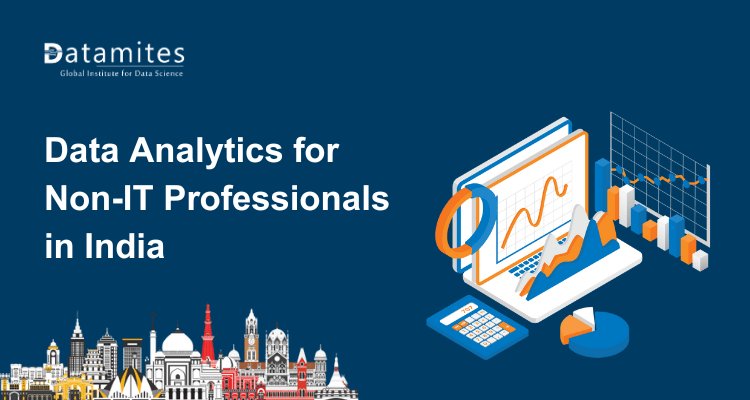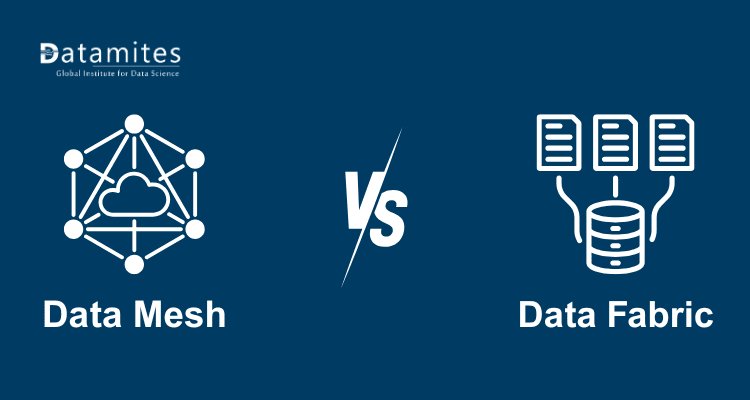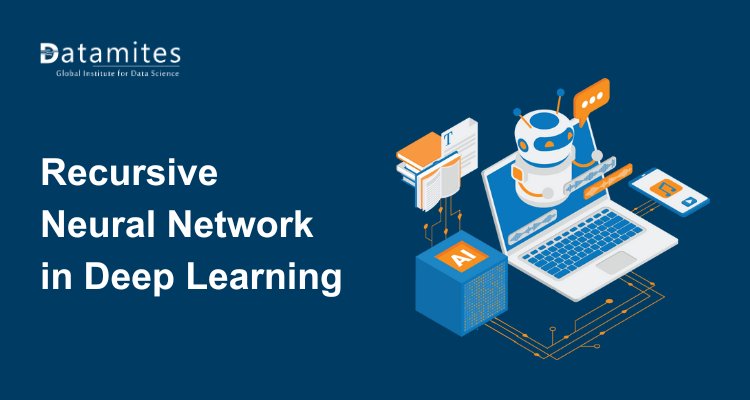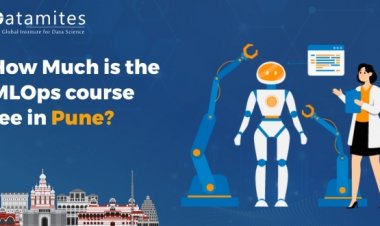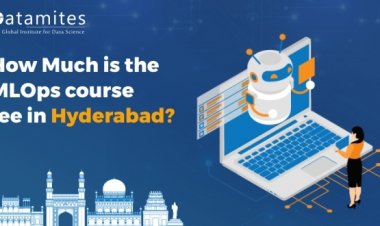Deep Learning Vs Machine Learning Vs Data Mining Vs Artificial Intelligence
This blog explores the key differences between Deep Learning, Machine Learning, Data Mining, and Artificial Intelligence, highlighting their unique roles and applications. Understand how these technologies interconnect and drive innovation across industries.
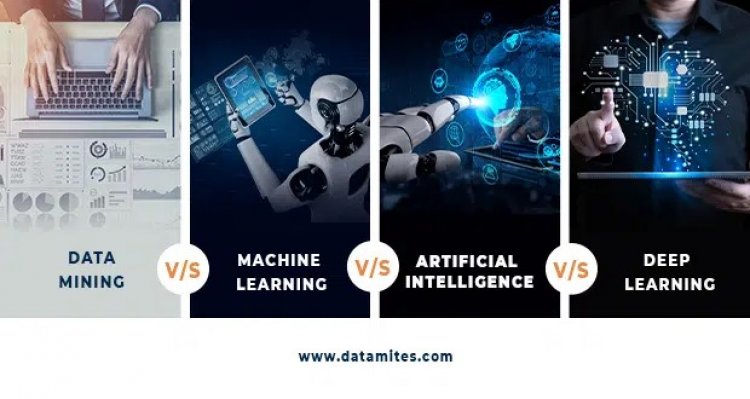
Introduction:
As data becomes the prime mover in the modern world, pretty much everyone has floundered upon such terms as machine learning, artificial intelligence, deep learning, and data mining at some point. But what do these terms mean? What relationship exists between them? The listed terms despite being closely interconnected cannot be used interchangeably.
Data Mining, Machine Learning, Deep Learning, and Artificial Intelligence are some fascinating concepts with so much gravity.
Now let’s take a look into these disciplines in a Nutshell:
Deep learning
Deep Learning is a subdivision of machine learning that mimics how a human brain works while processing the data. Each deep learning level is formulated with knowledge procured from the previous layer of the hierarchy.
Real-World Applications
Deep Learning has become a slice of our daily life. Haven’t you noticed that for every photo you upload on Facebook, the app lets us tag people automatically? Why is that? Indeed it’s the deep learning that’s minimizing your tasks right there. Aren’t we all familiar with digital assistants like Alexa, Siri, Cortana, and Google Assistant? How do they instantaneously function as per our commands? Moreover, don’t they use our own mother tongue for us or every other language in the whole wide world?
This is the technique behind Deep Learning, the mechanism enriches machines to acquire human behavior and simplify our tasks to a large extent. Other applications of Deep learning include
- Automatic Handwriting generation
- Self-driving cars
- Language translation
- Virtual assistants
- Image and fingerprint recognition functions
- Source platforms with customer recommendations
- Banking apps
- Medical research tool
- Business trends and outcomes
Even Netflix and Amazon are upgrading their deep learning potential to dispense a personalized experience to their viewers by showing preferences, time of access, history, and recommend shows that the viewers could be interested in.
Machine learning
Machine Learning is a subfield of Artificial Intelligence. Machine Learning is the process of making machines more human-like in the manner they behave and function. Machine learning demands computers to uncover how they can discharge tasks without being distinctly programmed to do so. The main purpose is to authorize the computers to learn instinctively without any possible human intervention or assistance and calibrate actions accordingly.
Machine Learning Use Cases
These days Machine learning is enforced in almost all types of industries such as manufacturing, retail, healthcare, life sciences, travel, financial services, and energy, feedstock, and utilities to name a few.
In Manufacturing Machine Learning can be used to make predictive maintenance and condition monitoring
For Retail, Upselling and cross-channel marketing can be done. Disease identification and risk satisfaction can be acquired in the field of healthcare and life sciences. Travel and hospitality. To deliver financial services such as risk analytics and regulation energy demand and supply optimization
Machine learning can be the pointer to the practicality of corporate and customer data. Also throws light onto decision-making that keeps a company ahead in the competition.
Data Mining
Also referred to as Knowledge Discovery in Data, Data Mining is the process used to draw usable data from a sizable amount of raw data. It scrutinizes data patterns in large batches of data wielding one or more software.
Applications
Data mining is applied to multiple fields. Machine Learning enables businesses to grasp more about their customers and come up with more productive strategies related to various business functions and make use of resources in an acceptable and intuitive manner.
Benefits
Data Mining assists businesses to fulfil their objectives and make the right decisions. Data mining involves powerful data collection and warehousing as well as computer processing. For segregating the data and gauging the probability of future events, data mining makes use of complex mathematical algorithms.
Key features of Data Mining:
- Predictions are gathered automatically based on trend and behavior analysis.
- Predictions are formulated based on likely outcomes.
- Decision-oriented information.
- Centers around large data sets and databases for analysis.
Artificial Intelligence
Artificial intelligence is the counterfeit of human intelligence procured by machines, specifically computer systems.
AI is majorly used for finding expert systems, natural language processing, speech recognition, and machine vision.
AI is supreme in providing insights to enterprises on their operations. Particularly when it comes to monotonous, meticulous tasks like inspecting large numbers of legal documents to guarantee relevant fields are filled in properly, AI tools often complete jobs quickly and with relatively few errors. AI has incited an explosion of efficiency and unfolded the door to entirely new business opportunities for some larger enterprises.
In 2017 Sundar Pichai, Google’s CEO had declared that Google would operate as an “AI-first” company.
Now let’s compare each of them:
1. Importance:
a)Artificial Intelligence
- Potential to deal with large datasets
- Higher speed
- Make innovations, design, and develop higher-yielding products and services.
b) Machine Learning
- An application of artificial intelligence.
- Software applications to make accurate predictions of the outcomes.
- Centers around the development of computer programs.
- Empower computers to learn automatically without human intervention.
c)Deep Learning
- Process and inspect the big data available via systematic programming, disciplines, and codes, to share cognizance and inference.
- Develop patterns and trends
d)Data Mining
- Aids in discovering how different attributes of data sets are correlated through patterns and data visualization techniques.
2. Working Method
a)Artificial Intelligence
- AI works by integrating huge amounts of data with speedy, iterative processing and intelligent algorithms.
b)Machine Learning
- It works by inspecting data and recognizing patterns.
c)Deep Learning
- Deep learning works with artificial neural networks, which are formulated to mimic how humans think and learn.
d)Data Mining
- Digs deep into data and draws useful information from it.
3. Uses
a)Artificial Intelligence
- Manufacturing robots
- Self-driving cars
- Smart assistants
- Proactive healthcare management
- Disease mapping
- Automated financial investing
- Virtual travel booking agent
- Social media monitoring
- Inter-team chat tool
- Conversational marketing bot
- Natural Language Processing (NLP) tools
b)Machine Learning
- Image Recognition
- Speech Recognition
- Traffic prediction
- Product recommendations
- Self-driving cars
- Email Spam and Malware Filtering
- Virtual Personal Assistant
- Online Fraud Detection
c)Deep Learning
- Used in detecting objects, speech recognition, language translation, and decision making.
d)Data Mining
- Web mining, text mining, fraud detection
4) Concept
a)Artificial Intelligence
The aim of AI is to facilitate software that can reason on input and explain on output. AI provides a human-like interaction with software and offers decision support for specific tasks, but it’s not a replacement for humans
b)Machine Learning
- Machine learning algorithms make use of historical data to forecast new output values.
c)Deep Learning
- Deep learning pulls out higher-level features from raw input.
d)Data Mining
- Find insights and draw predictions for the future.
5) Human Intervention
a)Artificial Intelligence
AI-based machines are quick, precise, and logical, but they aren’t inherent, they lack emotions and are not culturally sensitive
b)Machine Learning
Machines are able to think and act with less human intervention; Machine learning demands less computing power.
c)Deep Learning
Deep learning normally needs less ongoing human intervention as it is designed using structures modeled on the human brain.
d)Data Mining
Required- Manual technique
6) Tools
a)Artificial Intelligence
- Scikit Learn
- TensorFlow
- Theano
- Caffe
- MxNet
- Keras
- PyTorch
- CNTK
b)Machine Learning
- Scikit-Learn- an open-source package in ML
- Knime- an open-source Machine Learning tool that is GUI based
- Tensorflow- an open-source framework used for numerical and large-scale ML
- Weka
- Pytorch
- Rapid Miner
- Google Cloud AutoML
- Azure Machine Learning Studio
c)Deep Learning
- Torch
- Neural Designer
- TensorFlow
- Microsoft Cognitive Toolkit
- Pytorch
- H20.ai
- Keras
d)Data Mining
- Rapid Miner
- Oracle Data Mining
- IBM SPSS Modeler
- Knime
- Python
- Orange
- Kaggle
- Rattle
7. Applications
a)Artificial Intelligence
- Artificial general intelligence
- Planning
- Computer vision
- General game playing
- Knowledge reasoning
- Machine learning
- Natural language processing
- Robotics
b)Machine Learning
- Virtual Personal Assistants
- Predictions while Commuting
- Video Surveillance
- Social Media Services
- Email Spam and Malware Filtering
- Online Customer Support
- Search Engine Result Refining
c)Deep Learning
- Self-driving Car
- Sentiment Analysis
- Virtual Assistant
- Social Media
- Healthcare
d)Data Mining
- Future Healthcare
- Market Basket Analysis
- Manufacturing Engineering
- CRM
- Fraud Detection
- Intrusion Detection
- Customer Segmentation
- Financial Banking
Conclusion:
Machine Learning, Deep Learning, Artificial Intelligence, and DataMining are all closely interrelated and inevitable in the present-day world. These technologies will tremendously thrive in the future with further advancements in technology. They will automate the manual process, build up sales and profits and uplift the businesses.
DataMites Training Institute provides a globally accredited Artificial Intelligence course, ensuring industry-wide recognition. Covering machine learning, deep learning, and AI tools, the program offers hands-on projects and expert mentorship. With flexible learning options, including online and classroom training, it caters to both beginners and professionals. DataMites equips learners with the skills needed for AI-driven career success.
Are you interested in building your career in any of these spheres? What better way to start than by getting trained by professionals? At DataMites we provide compendious training in the area of your choice. So what are you waiting for? Begin your journey with us.

